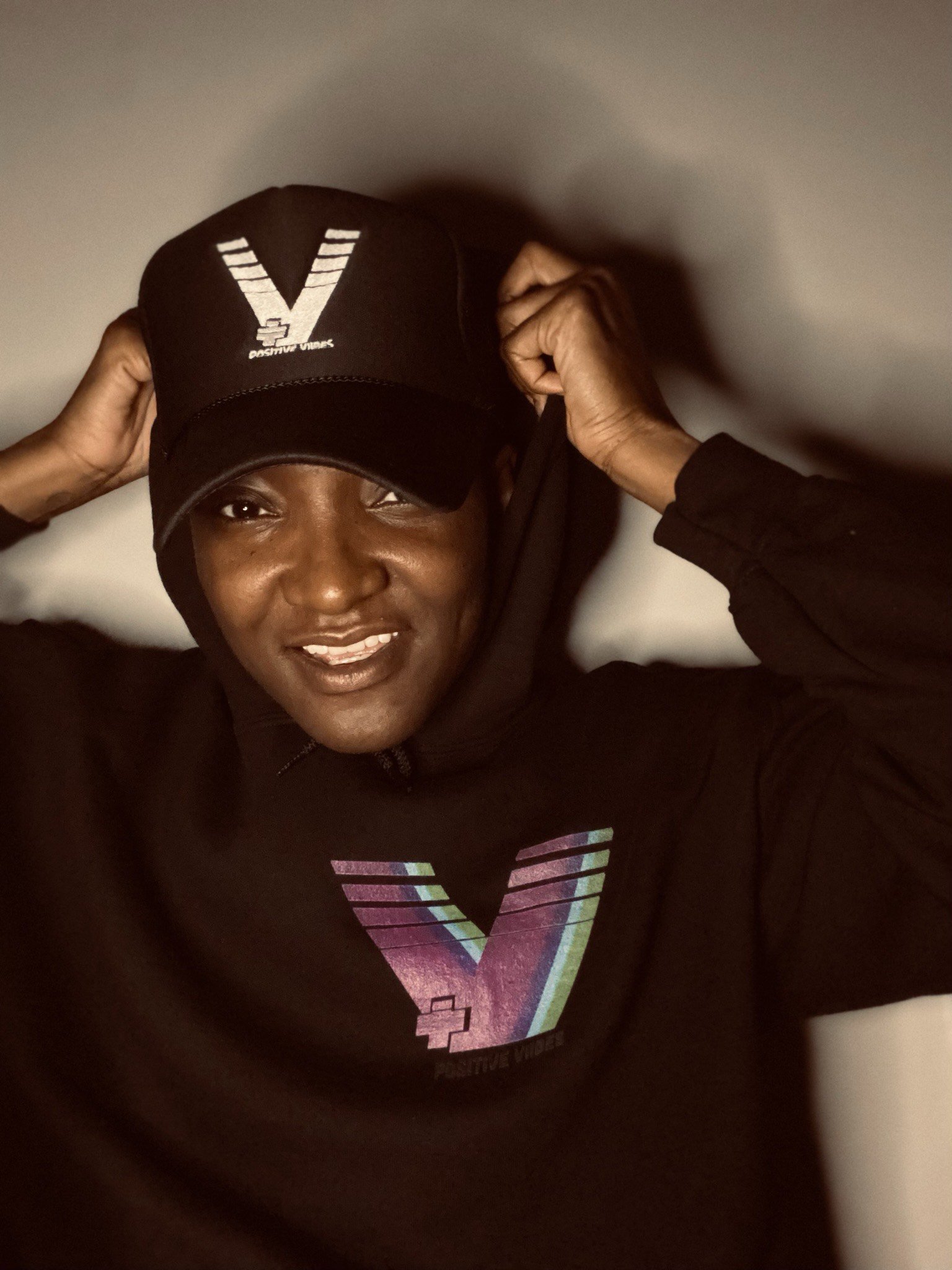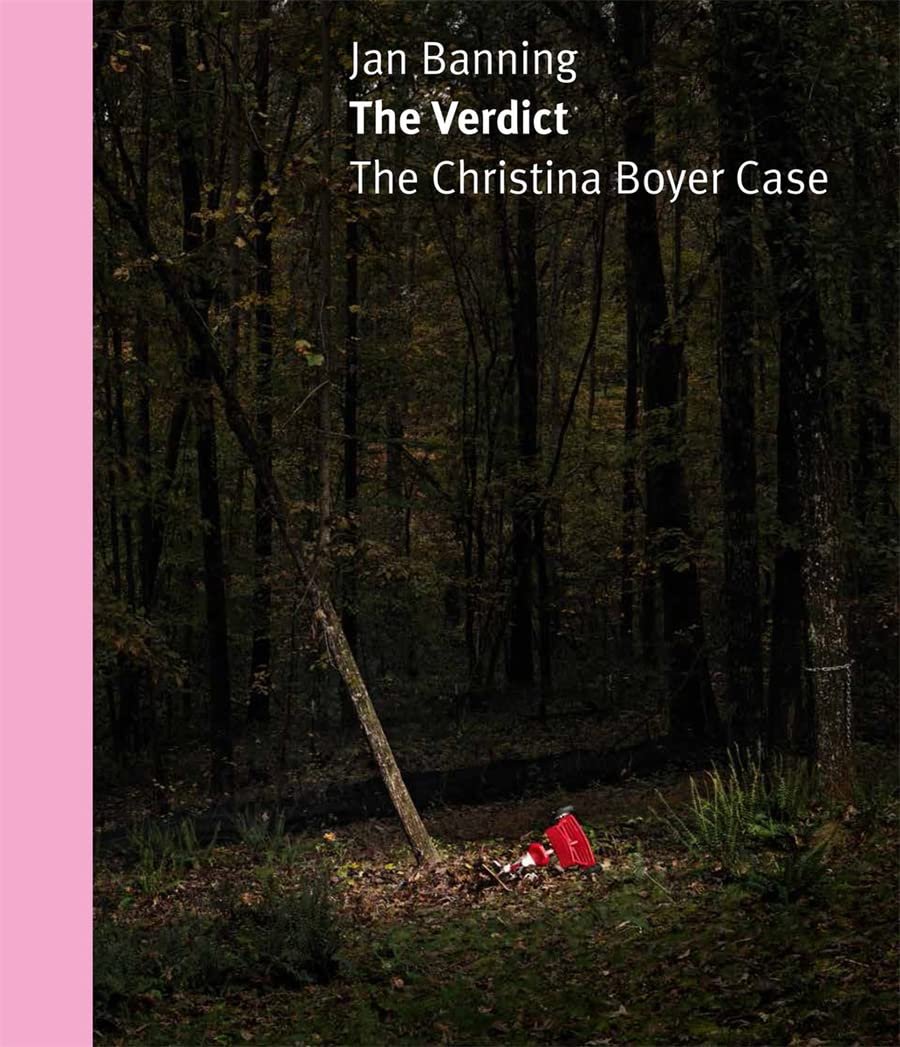Shortly before the pandemic, three performers and Shakespeare lovers from the East Coast came together to put their twist on Shakespeare. Now, for the first time ever, actors and managers Katie Mixon (Columbia native), Mac MacDaniel, and Hilary Dennis are taking their troupe on tour. Jasper recently sat down with them to learn all about Elsewhere.
JASPER: For those who aren’t familiar, can you say a little about where Elsewhere started?
ELSEWHERE: Elsewhere began as an attempt to apply the production principles of the punk scene to Shakespearean theatre. Mac (from VA) grew up going to punk shows, Hilary (from MA) was trained in modern style theatre, and I (Katie, from SC) have a classical background. We met at a Shakespeare acting workshop in NYC and it was — what's the platonic artistic version of love at first sight? We went from total strangers to best friends starting a theatre company together in about a week. We all believe Shakespeare has been handled with kid gloves when it wasn't intended that way.
JASPER: How exactly is Elsewhere different?
ELSEWHERE: We cut the plays down to 90 minutes. We keep all the lights on and perform with a small cast and try to drag the audience into the show as much as possible. Fast, minimalist, interactive. We believe that all the things that make Shakespeare easier and cheaper to produce also make Shakespeare more fun and engaging.
JASPER: You have to tell me about the name.
ELSEWHERE: When the title character in Coriolanus is banished from Rome, he says "there is a world elsewhere." As artists who felt like our artistic ambitions and goals weren't being realized in "traditional" theatre spaces, we decided to go outside and find a new world to work in. It's usual for theatre companies to have names like "[Location] Shakespeare," and we thought it was clever to just say that wherever "normal" theatre is happening, we're somewhere else.
JASPER: Y’all usually perform in Richmond, right? Any specific places there?
ELSEWHERE: Because we don't need a stage or lights, we can perform anywhere there's an open space and room to set up a coat rack. Our usual spiel is to reach out to a few of our friends, organize a very limited rehearsal period (somewhere between a day and a week) and then do a single 90-minute performance with no intermission, and then the show is over. We like the urgency of a single show; either you're there and you see it, or you're not and you've missed it.
JASPER: Have you toured before?
ELSEWHERE: This is Elsewhere's first time touring, but it definitely won't be our last. Mac was already planning a road trip with his wife Leah, (who is also the Marketing Director and Graphic Artist for Elsewhere), so he pitched this idea of a tour with a core cast of us three and a rotating local cast that would enable each of us to cast our friends in our hometowns and see how the show changes when more than half the cast will turn over between each show.
JASPER: What made you choose Twelfth Night?
ELSEWHERE: We wanted to do a comedy after doing two tragedies back-to-back. Artistically it has all of the things we love about Shakespeare — poetry, wit, brilliant characters, music, humor. It is deep without being dour. It is an ensemble show rather than a solo star vehicle like a Hamlet or an As You Like It. Logistically it is an audience favorite that requires very little in the way of fight choreo or intimacy work, which makes it easier to put together really fast.
JASPER: How did you cut and change the play for the tour?
ELSEWHERE: Mac does all our cuts, and what he does with the text would probably horrify a lot of scholars and purists. Mac’s goals with any cut are that the text can be played by a small cast and that the basic throughline of the story is preserved. He is both a Shakespeare educator and someone who is always dragging non-Shakespeare friends out to see plays. It is possible Shakespeare to be staged in a way that is beginner-friendly without being dumbed-down.
JASPER: How structured are your shows usually? I know you don’t have a “director.”
ELSEWHERE: We just run with the vibes. Part of the fun of this tour is seeing how the vibe changes between cities/venues/casts. Mac, Hilary, and Katie are all the same actors playing the same parts, but not only will our characters' relationships evolve as we go, we will be creating new relationships with the other characters. We try to be very clear that even though Elsewhere is our company, we are not "in charge" of the show or the rehearsal room. Anyone we invite to be a part of the show process is an equal partner. They didn't have a director when Shakespeare's company was performing in the 1600's, so we can do that too.
JASPER: You already had one show in Columbia. Anything you’d keep or change moving to the next two shows?
ELSEWHERE: There are usually small edits made to the cut during rehearsal, things you don't notice until you get the cast in the room — for example, Mac cut all of Maria's lines from a scene but forgot to cut the stage direction "enter Maria," so poor Lonetta was just wandering around in the scene with nothing to say. Katie chose to wear a huge hat and sunglasses for Olivia, but Joseph Eisenrich (who played our Toby) marched on to stage and put them on himself and I fell out laughing.
JASPER: What are some of your goals with this tour specifically?
ELSEWHERE: We have been working together in Richmond for a while now, but this is our first opportunity to work in each other's hometowns. Usually, Mac is the one in charge of finding a venue and a cast and hosting everyone in Richmond, so it's nice to come to Columbia and for him to be a guest.
A perhaps bigger goal is to demonstrate for theatre folks just how easy it is to produce Shakespeare shows. The thing that would make us most happy would be for someone to see one of our shows and think "I can do that!" and then take our resources and start producing their own fast popup Shakespeare plays.
JASPER: What’s after this for Elsewhere?
ELSEWHERE: We haven't the foggiest idea. Maybe we'll start a podcast? Oh! And we have been talking about a longer version of a tour, with a different show. Maybe Much Ado About Nothing. Comedies have been fun after two tragedies.
JASPER: Last but definitely not least, how can people support you in the future?
ELSEWHERE: You can donate to cover tour costs by Venoming me @Mac-MacDaniel (make a note that it's for Elsewhere), or you can make a tax-deductible donation on our website www.elsewhereshakespeare.com
Elsewhere’s performance of Twelfth Night premiered in Columbia on May 1st, and its next stop is Richmond, Virginia on the 29th of this month. The troupe’s final performance will be in Northampton, Massachusetts on July 3rd.






























